Tibet
ca. 15th century
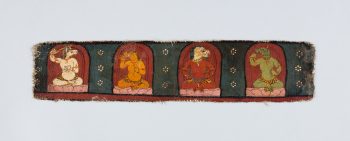
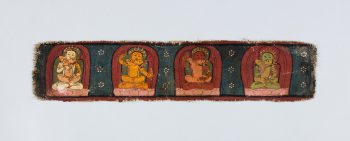

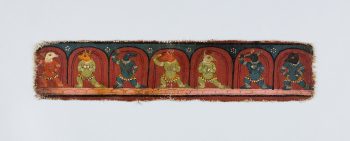
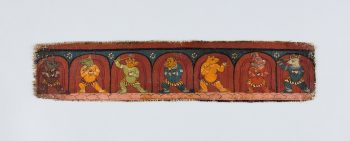
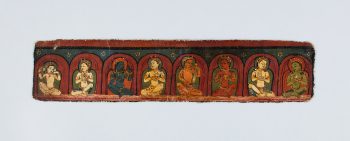
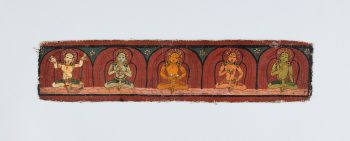

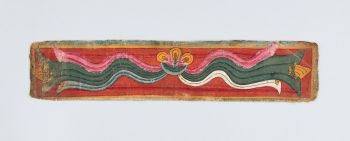

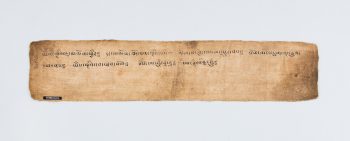
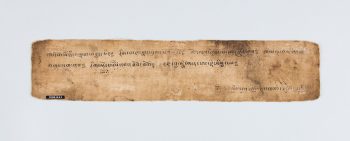
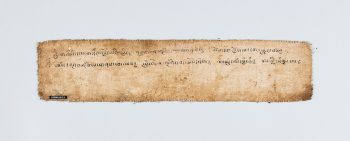


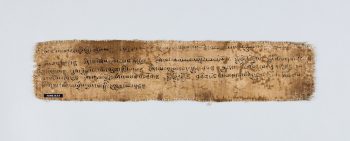



Tibet
ca. 15th century



















This illuminated manuscript contains the instructions that a lama gives to practitioners, teaching them how to navigate the intermediate state between death and rebirth known as the bardo. The lama empowers the deceased to gain mastery over the visions they experience in the bardo, so that they can take the path leading to liberation rather than being led astray and remaining trapped in the cycle of death and rebirth.The images in this illuminated manuscript depict these visions. Peaceful and wrathful (animal-headed) deities as well as other bardo experiences are depicted on one side, illustrating the ritual as described in the text.Other pages depict the goddesses that represent the transformation of the elements into subtle energies, the eight forms of divine wisdom into which the eight objects of knowledge must be transformed, and the deities of the four gates, who represent the four immeasurable states of mind.Each page instructs the practitioner to harness the wisdom and enlightened activity of the depicted deities when traversing the disorienting liminal state of the bardo.
Teachings and precepts that offer practical and experiential guidance. In Buddhism instruction is primarily an oral tradition and is often targeted to the specific needs or disposition of a student or disciple.
The end of this life marked by the cessation of bodily functions followed by decay. According to Buddhism, after death consciousness transitions to an intermediate state known as the bardo before embarking on another life.
A meditation technique primarily used in tantric practice that involves imagining a deity in one’s mind or imagining oneself becoming a deity and carrying out various activities. Such techniques are intended to help a practitioner transform ordinary perception and achieve enlightened qualities.
Today, Tibetans primarily inhabit the Tibetan Plateau, situated between the Himalayan mountain range and the Indian subcontinent to the west, Chinese cultural regions to the east, and Mongolian cultural regions to the northeast. During the 7th to 9th century, Tibetan rulers expanded their empire across Central Asia, and established Buddhism as the state religion.
Get the latest news and stories from the Rubin, plus occasional information on how to support our work.